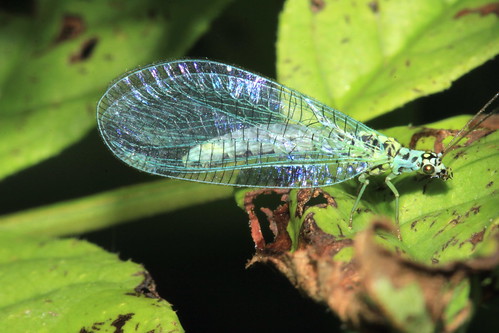This False Blister beetle is likely Oedemera lurida which is less specatacular than its close relative withi ts very swollen rear legs Oedemera nobilis
Oedemera lurida A False Blister Beetle
Length 5 to 8 mm.
Descripton A generally long and slender species, which is a greyish sage green in colour. It often leaves its elytra (wing cases) agape
Active in bright sunshine in open habitats with plenty of wild flowers such as Hawthorn and umbellifers, where they feed on pollen and nectar.
Life History Larvae develop in dead herbaceous stems.







